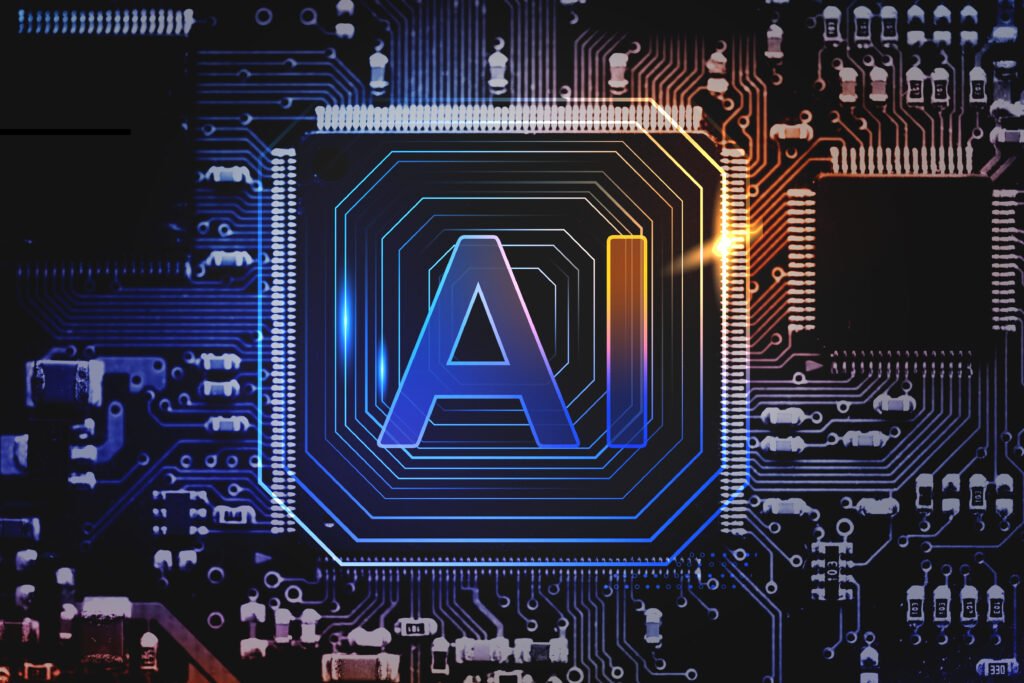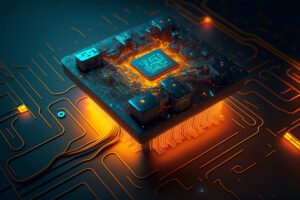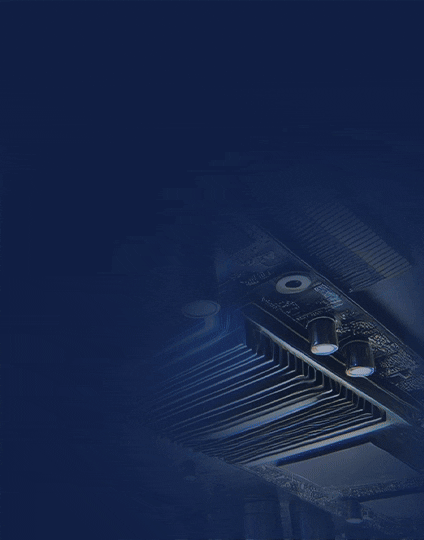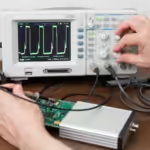Artificial intelligence (AI) and edge computing’s confluence has opened the door for game-changing applications across a range of industries. Real-time decision-making is made possible and latency is reduced thanks to edge computing, which places a focus on processing data closer to the source.
Field-Programmable Gate Arrays (FPGAs) are a technology that stands out for achieving effective AI at the edge. The programmable hardware acceleration that FPGAs provide makes them the perfect choice for improving AI performance in edge devices with limited resources.
In this post, we’ll look at how FPGAs help AI run faster at the edge, why they’re superior to other hardware accelerators, and how they could transform everything from autonomous driving to healthcare and beyond.
FPGA for AI at the Edge: Use Cases and Applications
A viable method for boosting AI at the edge is FPGA (Field-Programmable Gate Array) technology, which enables real-time, low-latency, and energy-efficient processing of AI algorithms on the edge devices themselves. This section examines some of the most important scenarios and uses where FPGA-based AI acceleration has proven to be beneficial, bringing about real advantages in a range of sectors.
A. Object Detection and Recognition:
- Surveillance Systems: FPGA-powered edge devices can efficiently process video feeds from security cameras and perform real-time object detection and recognition tasks. This enables faster threat identification and response in critical security scenarios.
- Retail Analytics: FPGA-enabled edge devices can be deployed in retail environments for smart shelf monitoring, customer behavior analysis, and inventory management, enhancing the overall shopping experience.
B. Natural Language Processing (NLP) at the Edge:
- Voice Assistants: FPGA-accelerated NLP algorithms can empower edge-based voice assistants, enabling quick and accurate speech recognition and natural language understanding without relying heavily on cloud resources.
- Language Translation: FPGA-driven language translation at the edge is particularly useful in scenarios where low latency is critical, such as real-time communication and language support in remote locations.
C. Smart Surveillance and Security Systems:
- Intrusion Detection: FPGA-powered edge devices can detect suspicious activities in real time, triggering alerts and minimizing false alarms by processing data at the source.
- Facial Recognition: By deploying FPGA-accelerated facial recognition, edge devices can identify individuals quickly, improving access control and enhancing personalized services.
D. Autonomous Vehicles and Robotics:
- Self-Driving Cars: FPGA-based AI acceleration allows autonomous vehicles to process sensor data rapidly, enabling real-time decision-making for safe navigation and collision avoidance.
- Robotic Control: Edge-based FPGAs enhance the responsiveness and precision of robots in industrial automation and critical tasks, where real-time control is essential.
E. Healthcare and Medical Imaging:
- Medical Diagnosis: FPGA-powered edge devices can process medical data and images to assist doctors with timely and accurate diagnoses, even in remote or resource-constrained areas.
- Portable Medical Devices: FPGA acceleration enables the development of compact and energy-efficient medical devices, such as portable ultrasound machines and wearable health monitors.
F. Industrial IoT and Predictive Maintenance:
- Predictive Analytics: FPGA-based edge computing enables real-time analysis of sensor data from industrial equipment, predicting potential failures and optimizing maintenance schedules to reduce downtime.
- Anomaly Detection: FPGA-accelerated AI algorithms can detect anomalies in manufacturing processes, ensuring product quality and improving overall efficiency.
FPGA-based AI Acceleration Techniques
Due to their capacity for parallel processing and adaptability, FPGAs (Field-Programmable Gate Arrays) offer a number of advantages for speeding AI at the Edge. Several strategies and methodologies have been developed to fully utilize the potential of FPGAs for AI acceleration. We will examine some of the most important FPGA-based AI acceleration methods in this part.
A. Quantization and Pruning for Model Compression:
- Quantization: Although FPGAs can function more effectively with fixed-point or low-precision data, neural networks are often taught using high-precision floating-point numbers. By lowering the bit-width of the weights and activations in the neural network, quantization can reduce memory consumption and enhance inference performance on FPGAs.
- Pruning: Pruning is a technique that includes deleting from the neural network any connections or weights that are less important to the overall performance of the model. Pruning lowers the number of computations needed for inference, which speeds up FPGA execution.
B. Hardware-Software Co-design for Optimal Performance:
- Tailoring the Hardware: FPGAs allow customization of hardware architectures based on specific AI workloads. Designers can create custom hardware accelerators optimized for the neural network’s operations, which results in improved performance and energy efficiency.
- Offloading to FPGA: In hardware-software co-design, critical parts of the AI model are offloaded onto the FPGA, while the rest of the computation can be handled by the CPU or GPU. This partitioning of tasks ensures that FPGA resources are utilized effectively for AI acceleration.
C. Parallelism and Pipelining in FPGA Designs:
- Data Parallelism: FPGAs can exploit data parallelism by processing multiple data points or batches simultaneously. This technique distributes the computation across multiple FPGA resources, enabling significant speedup in AI inference tasks.
- Model Pipelining: Pipelining breaks down the AI model’s computational tasks into smaller stages that can be executed sequentially. As one stage finishes, the next stage starts processing, reducing overall latency and enabling continuous data flow through the FPGA.
D. Neural Network Architectures Suited for FPGA Implementation:
- Quantized Networks: As mentioned earlier, quantized neural networks are well-suited for FPGA implementation due to their reduced computational complexity and memory requirements.
- Sparse Networks: Sparse neural networks, in which many connections or weights are set to zero, can be handled effectively by FPGAs. On FPGAs, sparse networks provide more effective processing while using less memory.
- FPGA-Friendly Operations: Using FPGA-friendly operations while designing neural networks, like convolutions with modest kernel sizes and depthwise separable convolutions, helps to maximize the performance and use of the FPGA.
Conclusion:
FPGAs are becoming a key piece of equipment for speeding AI at the edge. Real-time AI inference with low latency and minimal energy usage is made possible by their reconfigurable nature and parallel processing capabilities. Quantization, pruning, parallelism, and FPGA-friendly neural network topologies are some of the methods used to speed up FPGA-based AI. The future of AI at the Edge offers creative solutions across numerous industries and applications as FPGA technology develops and security issues are addressed. The way we communicate with intelligent systems at the Edge is constantly evolving because to the convergence of FPGA and AI.


![What is FPGA Introduction to FPGA Basics [2023] computer-chip-dark-background-with-word-intel-it](https://fpgainsights.com/wp-content/uploads/2023/06/computer-chip-dark-background-with-word-intel-it-300x171.jpg)









